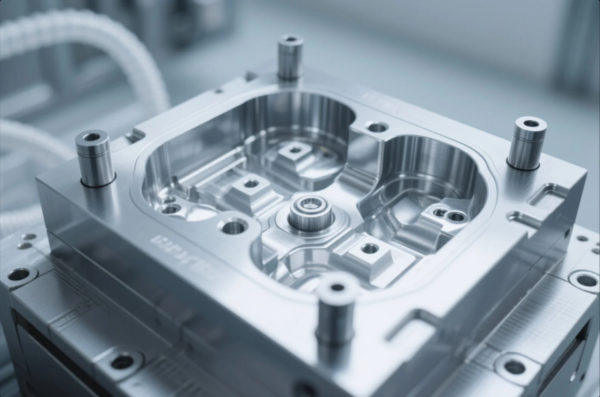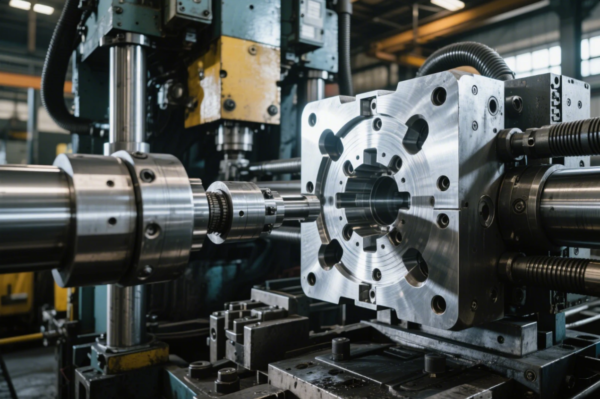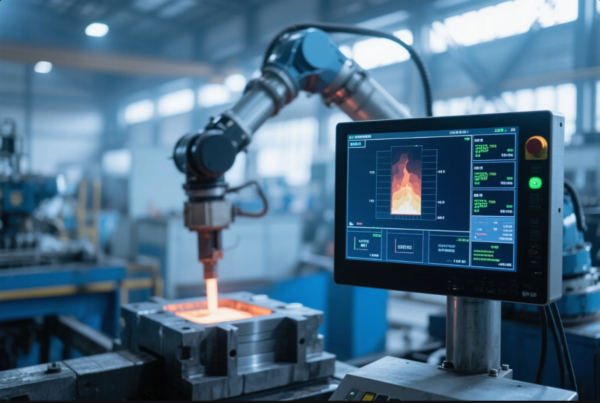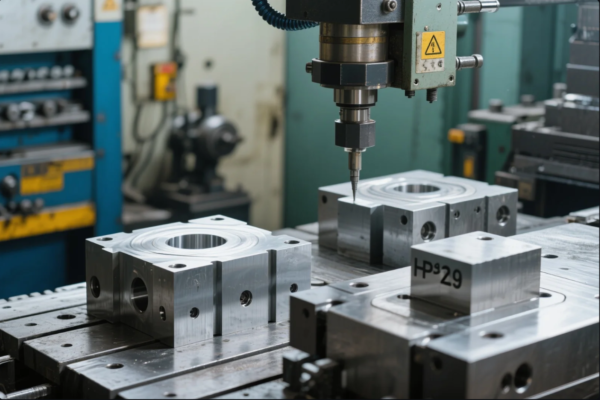Can we forge Damascus steel?
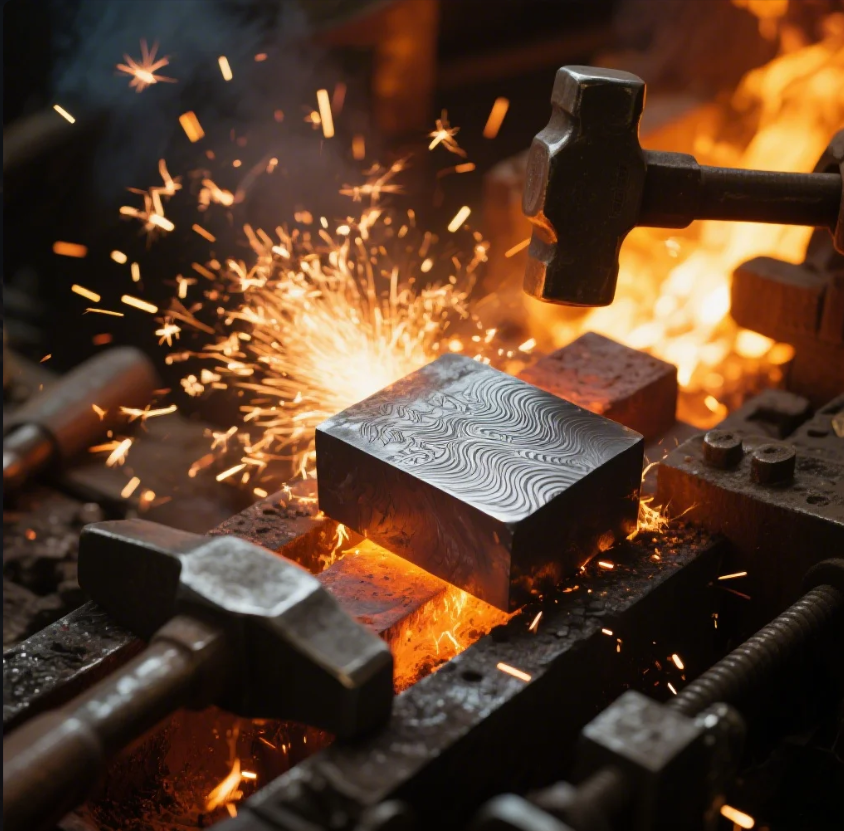
Damascus steel, known for its distinctive patterns and exceptional strength, has captivated blacksmiths and metalworkers for centuries. But is it still possible to forge Damascus steel today? The answer is more complex than you might think. Let’s dive into the process of creating and forging this legendary steel.
Snippet paragraph: Damascus steel is known for its beauty and strength, but creating it is a challenge. Learn why forging Damascus steel can be difficult and how it’s done today.
Although Damascus steel is often associated with the Middle Ages, the techniques used to forge it have evolved over time. Here's a look at the various methods and challenges involved in forging this iconic steel.
Why can't we forge Damascus steel?
The reason we can't forge Damascus steel in the same way it was done centuries ago lies in the loss of ancient knowledge and the specific materials required. True Damascus steel, made from wootz steel, involved unique methods that are no longer fully understood.
Snippet paragraph: True Damascus steel can't be forged today due to the loss of ancient methods and the specific steel it was made from.
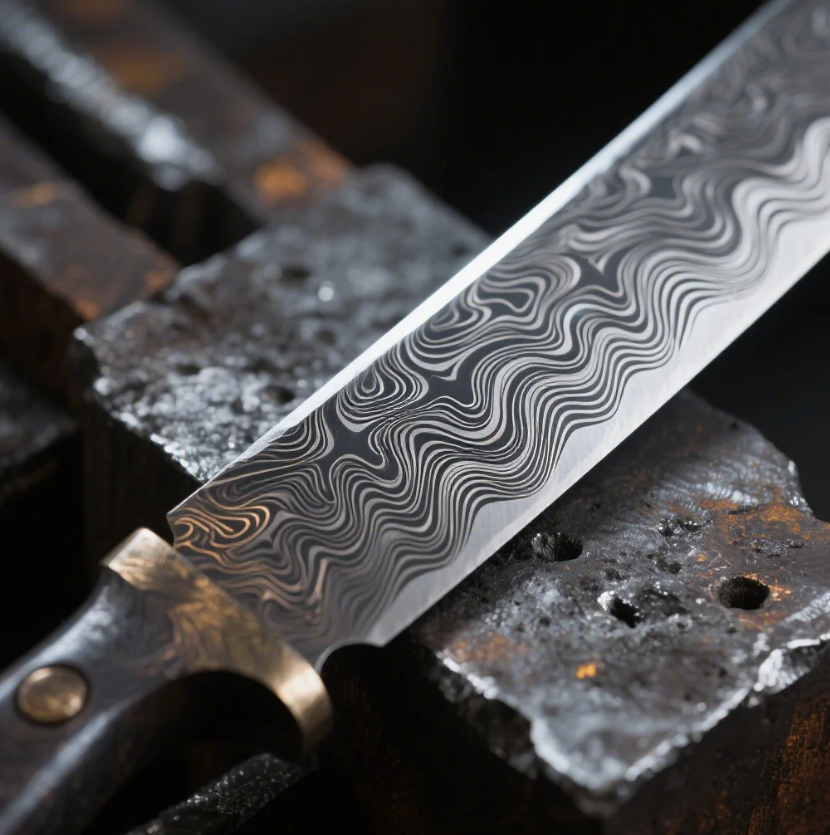
The Loss of Ancient Techniques:
Damascus steel, or wootz steel, was originally made by melting iron ore with carbon-rich materials in a crucible, creating a high-carbon steel known for its hardness and sharpness. The steel was then forged and folded to create the signature wavy patterns. However, the precise formula for creating wootz steel was lost over time, and the methods used in its production were not passed down.
- Wootz Steel: The precursor to Damascus, wootz steel was made in ancient India and Persia.
- Pattern Welding: Modern Damascus steel is often created using pattern welding, a technique that mimics the appearance of ancient Damascus steel but doesn’t use the same materials or methods.
Challenges in Forging True Damascus:
- Loss of Process Knowledge: The specific combination of heat, materials, and time used to forge Damascus steel is largely unknown.
- Availability of Materials: The raw materials required to create wootz steel are no longer readily available.
Wootz Steel vs. Modern Damascus Steel:
While modern Damascus steel can replicate the look of traditional Damascus, the qualities of the two differ. Wootz steel was known for its unique properties, such as being incredibly hard and capable of holding an edge for long periods. Modern Damascus steel, while still excellent in terms of strength, often uses materials with different carbon content and other compositions.
| Key Differences: | Feature | Wootz Steel (True Damascus) | Modern Damascus Steel |
|---|---|---|---|
| Origin | Ancient India and Persia | Modern pattern welding | |
| Composition | High carbon content | Varies, with mixed steels | |
| Appearance | Distinct crystalline pattern | Wavy layered patterns | |
| Strength | Superior edge retention | Strong, durable, but varies | |
| Creation Process | Lost over time | Pattern welding, folding |
While both materials are highly regarded, true Damascus steel is unique due to its historical context and the properties of wootz.
Can we still make Damascus steel?
While we can't forge true Damascus steel as it was done in the past, modern blacksmiths can still create a form of Damascus steel using pattern welding, a method that mimics the appearance of traditional Damascus steel.
Snippet paragraph: Modern blacksmiths can still create Damascus steel using pattern welding, which produces similar results but with different materials.
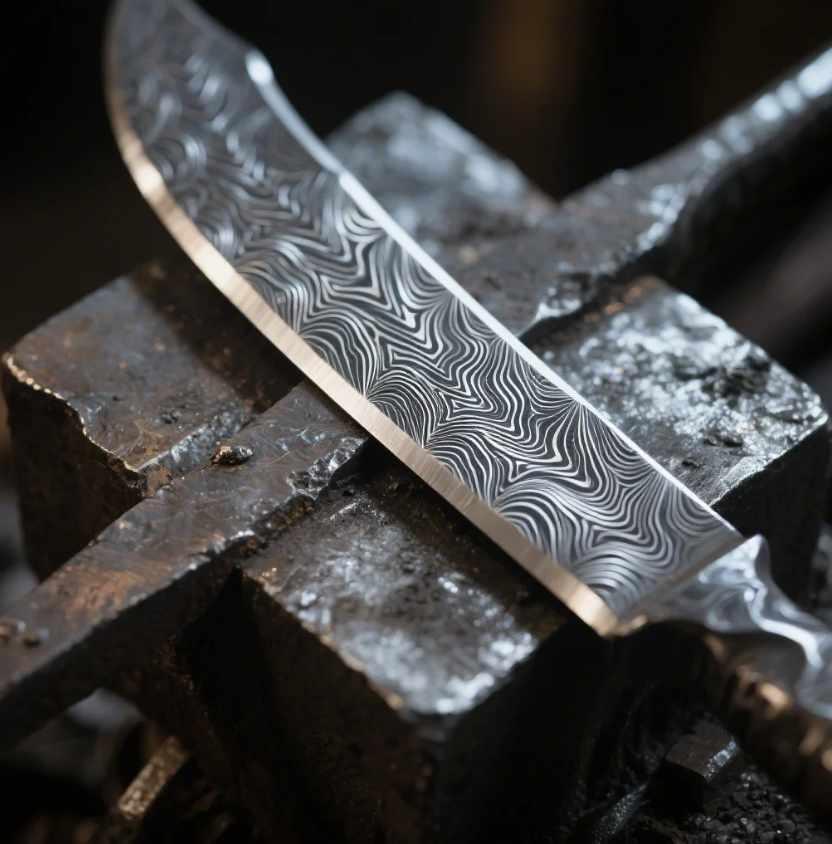
Modern Damascus Steel:
In modern forging, pattern welding is the method used to create Damascus steel-like blades. This process involves layering different types of steel with varying carbon content, heating and folding them together to create the distinctive patterns seen in Damascus steel.
- Pattern Welding Process: Different steel alloys are stacked, welded together, and then folded multiple times to create layers.
- Steel Types: High-carbon steel and low-carbon steel are often used, with the different materials providing contrasting properties such as strength, hardness, and flexibility.
Advantages of Modern Damascus:
- Stronger Steel: Modern Damascus steel is often stronger than historical wootz steel due to the use of higher-quality materials.
- Visually Stunning: The layered pattern gives Damascus steel a unique, flowing appearance, making it popular for decorative items, knives, and swords.
Modern Techniques:
Creating modern Damascus steel requires a high level of skill and knowledge, but it does not involve the same process used by ancient smiths. Instead, blacksmiths now use a variety of techniques to control the folding and patterning, creating stunning visual effects.
Important Notes on Modern Damascus Steel:
- It is not forged using wootz steel, but the resulting material still retains many of the visual characteristics of the ancient steel.
- It is created using forge welding, a technique that involves heating multiple layers of steel and hammering them together, which results in a combination of strength, durability, and visual appeal.
Can we create Damascus steel?
Yes, modern blacksmiths can create Damascus steel, but it’s not the same as the original wootz Damascus. The creation process uses pattern welding, which produces a similar look but with different techniques.
Snippet paragraph: Damascus steel can still be created today through pattern welding, but it differs from ancient wootz Damascus steel.
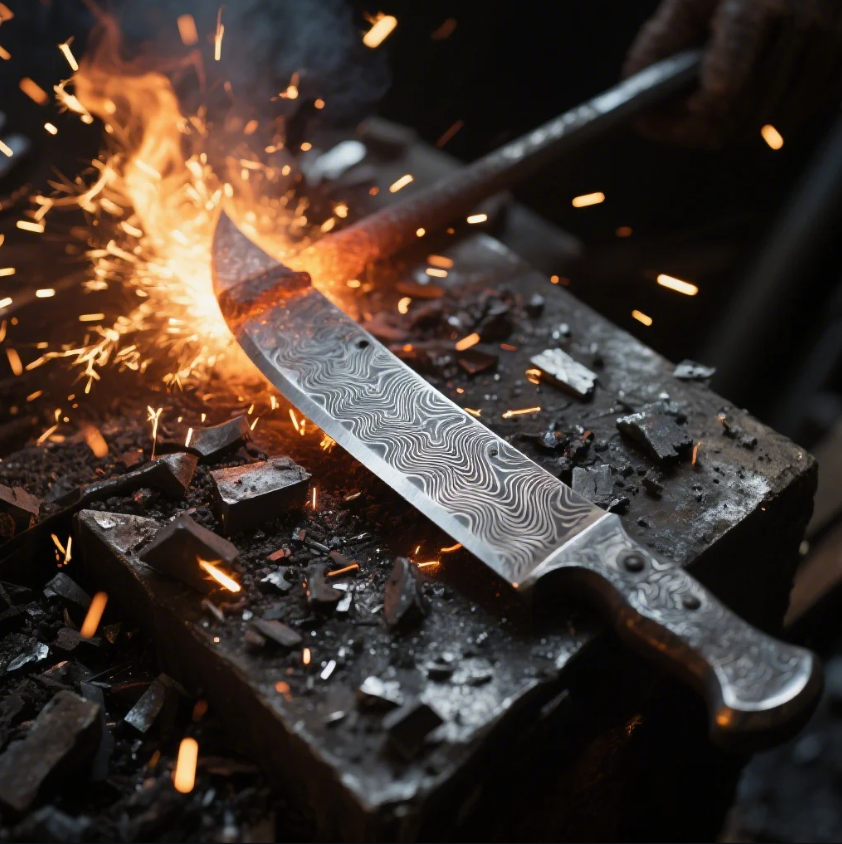
Creating Damascus Steel:
To create Damascus steel, a blacksmith uses pattern welding, which involves:
- Selecting Steel Types: Different types of steel with varying carbon content are chosen to create the layered effect.
- Forge Welding: The steel layers are heated until they are red-hot and then hammered together to form a solid bond.
- Folding the Steel: The layers are folded and welded multiple times, creating intricate patterns as the steel is compressed.
- Etching the Steel: Once the blade is forged, it is often etched with acid to reveal the characteristic patterns.
Why It Works:
- Material Properties: Different types of steel are selected based on their hardness, flexibility, and ability to form a strong bond, creating a steel that is both durable and visually striking.
- Patterning: The more the steel is folded, the more pronounced the patterns become.
Why Pattern Welding is the Modern Solution:
Pattern welding allows for the creation of beautiful Damascus-like patterns, while still maintaining high strength and reliability. The controlled folding and welding process allows blacksmiths to create high-quality blades, from practical tools to artistic knives and swords.
Can you forge weld Damascus by hand?
Yes, forging Damascus steel by hand is a common technique used by skilled blacksmiths. It involves heating and hammering layers of steel together, but the process requires patience, precision, and experience.
Snippet paragraph: Forging Damascus steel by hand is possible and is a popular method for creating custom knives and blades.
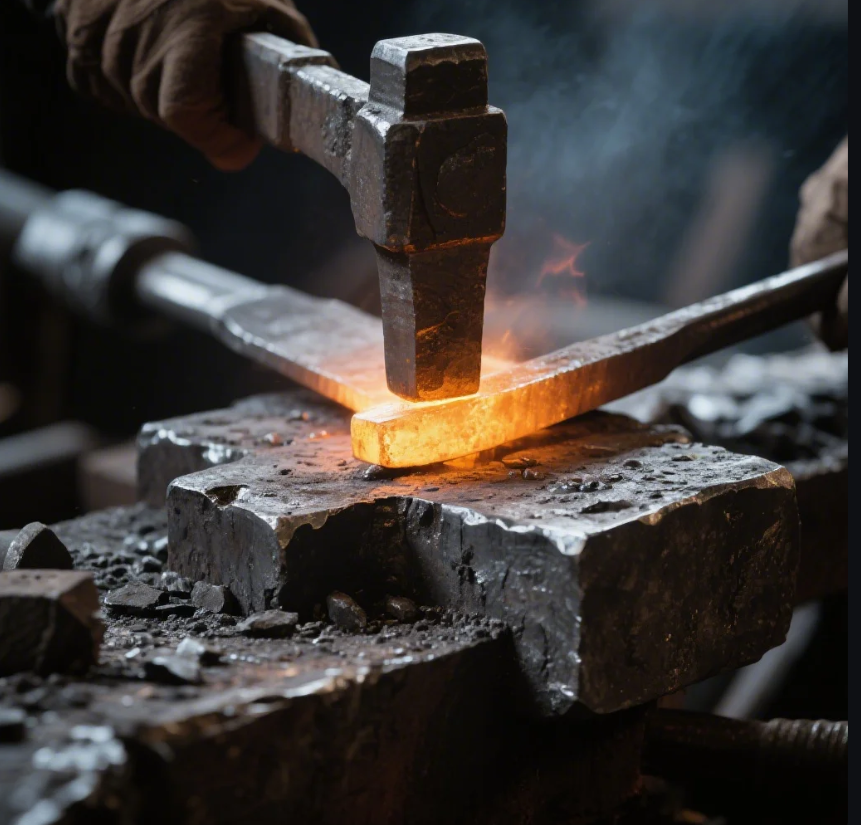
Hand Forging Damascus Steel:
- Stacking Layers: The blacksmith starts by stacking layers of high-carbon and low-carbon steel.
- Forge Welding: The steel layers are heated in a forge until they are red-hot, then hammered together to form a single piece.
- Folding and Hammering: The steel is then repeatedly folded, hammered, and reheated to create a strong bond and the desired pattern.
- Shaping the Blade: Once the layers are bonded, the blade is shaped using a hammer and anvil, then finished with grinding and polishing.
Challenges of Hand Forging Damascus:
- Heat Control: The steel must be heated to the right temperature to prevent burning or damaging the material.
- Consistent Folding: The layers need to be folded and hammered evenly to create a uniform pattern.
- Skill and Experience: Creating Damascus steel by hand requires significant expertise to control the temperature, folding process, and finishing techniques.
Hand-forging Damascus allows for the creation of personalized, unique blades with intricate patterns. However, it is a labor-intensive process requiring patience and expertise.
Conclusion
While true Damascus steel, made from wootz steel, is no longer possible to forge due to the loss of ancient techniques and materials, modern blacksmiths can still create beautiful, strong Damascus steel using pattern welding. This process mimics the appearance of traditional Damascus, but with modern materials and methods, resulting in high-quality, visually stunning blades.
If you're interested in the art of Damascus steel or need a custom-forged blade, don't hesitate to reach out. We can help you create the perfect Damascus steel product, tailored to your needs.

